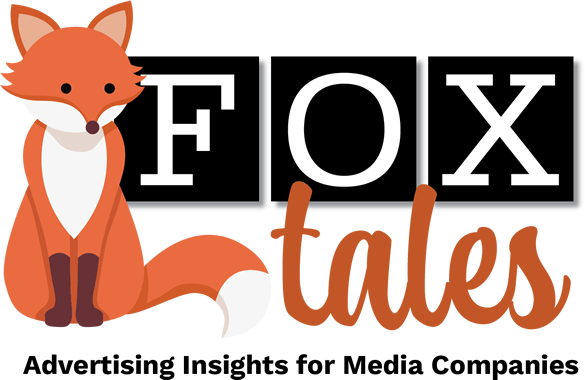By Tony Silber
I read an article recently in the U.K. media-industry brand InPublishing about how to sell advertising to small and medium-sized enterprises. Just seeing the headline, I knew it was something I had to read. I spent much of my career doing just that. Most of the bonds and friendships I forged in those years remain intact, even though I’ve moved on to other things, and so have many of my former customers.
In that context, the old adage really is true that all things being otherwise equal, buyers will spend their marketing budgets with people they like. As long as there’s an unshakable trust, that is.
The article didn’t disappoint. It offers the premise that SMEs—small and midsized enterprises—usually lack the budget to justify your sales efforts. I guess it depends on the scale of your operation, but for my former media brand, that was our bread and butter. I had probably fewer than 15 brands that spent $100,000 or more, but I had many marketers in the $50,000-$100,000 range. And still lots more in five figures but below $50,000.
That was the nature of my business, and a $20,000 sale, while on the low end, was nevertheless worth the time for me and my team.
The InPublishing report offers five strategies for effective sales to SMEs. Let’s take a look. I’ll show the bullet, and follow it with my own observations.
“Create a distinct offering for SMEs. Segmenting your advertising prospects and being able to offer different packages and price points for your large and small prospects is key. Cannibalization is not an issue.”
This is certainly essential. The sales team will have to really listen to what the customer needs and craft a package that moves effectively through the funnel from awareness to purchase. But in my experience, you don’t need to adjust price points. You should have a toolkit with less-expensive media options, such as newsletters, shared banner space, custom content, keyword placement, conference and tradeshow booths, etc.
“Automate the production of digital ads for SMEs using their existing print or social media ads as a start point. Automation is key to developing a standardized offer, maintaining quality and keeping prices down.”
Whether print or digital, a media brand should be able to handle creative for smaller marketers. There should be an upcharge, but it shouldn’t be exorbitant. SMEs won’t have the same technology-based expectations for all the bells and whistles anyway.
“Offer landing pages as part of the package. A display ad pointing to a generic, and possibly aging website, with no call to action, is underwhelming. Again, automation is key.”
This bullet seems contradictory, but probably I’m reading it incorrectly. Create landing pages for brands but don’t make them underwhelming? I think the author is suggesting that marketers’ own websites are underwhelming. But even then, they’re almost certainly going to want traffic going back to their sites, not to a separate landing page that then needs to be populated with frequently changing and up-to-date content, and then promoted. That’s a lot of work, more than the amount of the spend, and requires a lot of resources on your side.
“Create a simple sales message, price it within SME budgets and, if they are an existing print advertiser, offer it as an upsell bundle option. Simplicity is key. SMEs don’t have the bandwidth to able to deal with complexity.”
Good advice, completely agree.
“Stop talking about clicks and start talking about engagement. 0.X% or, more likely, 0.0X% click through rates will not resonate with SMEs but the number of times their ad is served and how long it is seen for will.”
Again, I agree. There are plenty of robust engagement metrics that go beyond opens and clicks. And if your sales operation is set up to deliver leads, even better.
Anyway, good report, and good advice for all sales teams.
